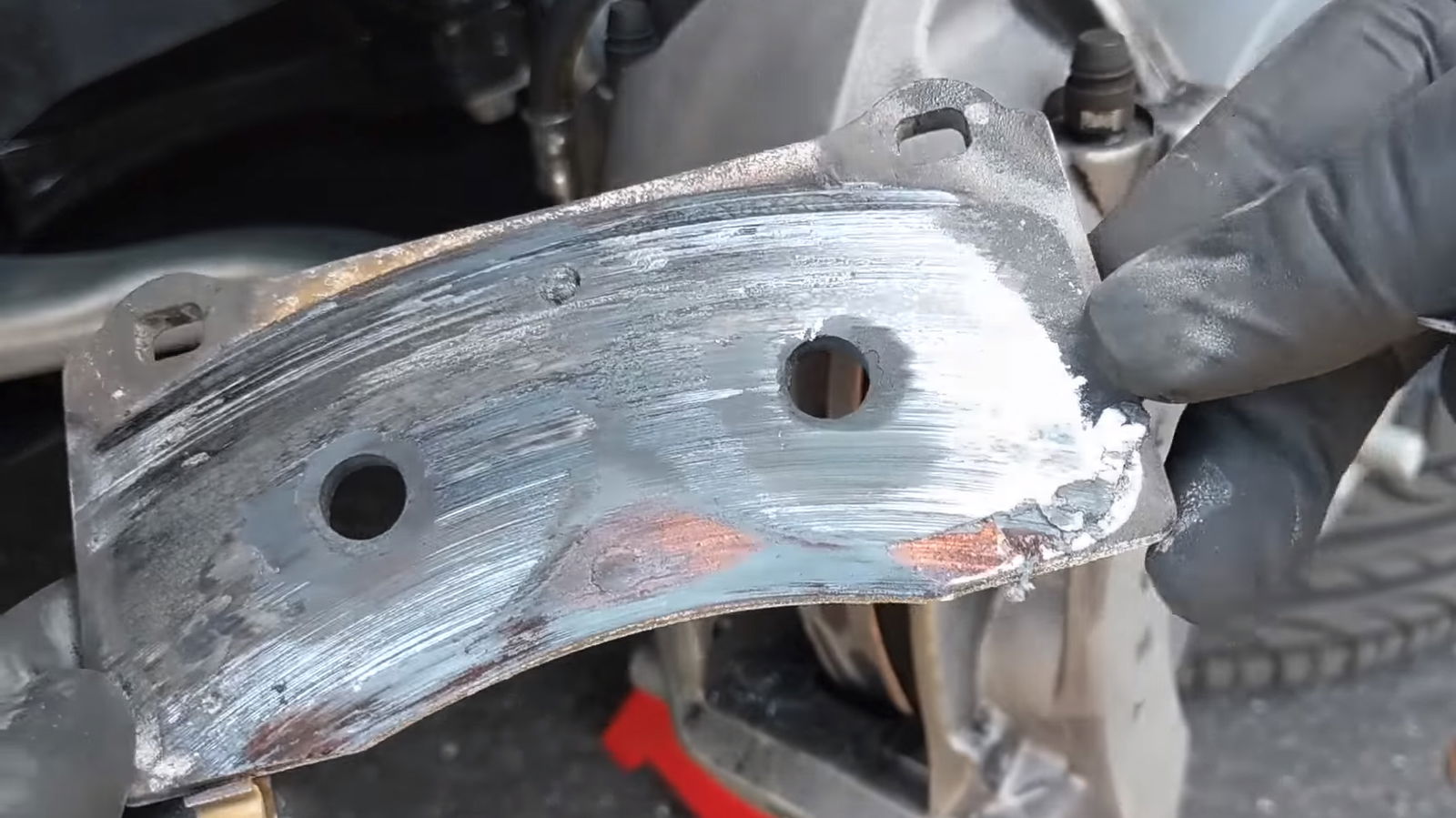This Tesla Model 3 Burned A Set Of Brake Pads In Just 9 Track Miles
We live in an age where there’s a type of car that’s new and, in some ways, exciting. Electric cars, therefore, are prime fodder for taking on the world’s myriad race circuits for a cheeky timed lap and a few giggles.
It might be wise to install some serious brake upgrades before hitting the track hard, though, if this video is any guide. On most new EVs the regenerative braking system does most of the heavy lifting when it comes to hauling up, and it’s possible that the traditional brake pads are in some cases thinner or lighter-duty items as a result.
These videos, uploaded to YouTube by Matt Crowley, show the action and consequences of the heavy braking needed to tackle just 45 corners in a Tesla Model 3 at the fabled Laguna Seca race circuit.
Tesla’s pads, which are designed for typical road use, have eroded to the point where the inside front pad in the video is worn right down to the metal. In nine miles of track use. That’s what a heavy car will do to ordinary brake pads, even if they are Brembo…

The outer pad has a thin sliver of friction material left, but the inner one has been ground down to the metal, which has in turn been cooked white by the heat generated by scraping directly onto the disc.
What we don’t know for sure is how hard the brakes had been tested before being taken to the track, or whether they’d been ‘abused’ before this. Either way, if you’re heading to the track in your new EV, upgrade the brakes. Otherwise, you’d better have some spares in your tool bag for the drive home.
Source: InsideEVs
Comments
Makes the brake fade in my WRX look/feel like a 911 RS in comparison
Well you don’t need to use brakes nearly as much in an electric car because of strong engine braking. So they might be designed for even less use than normal brake pads
This is absolutely atrocious, especially for a car with regenerative braking that should take off some load from the friction brakes. No point bringing this to the Nurburgring because it won’t even last a lap.
This is y Tesla is a sh!tty car company
love the smell of ruined brake pads in the morning
Those brakes where built in the cheap to help PAD tesla’s wallet
Somehow the much heavier Model S did the whole Nurburgring with its brakes intact, but this lighter Model 3 can’t handle 9 miles of track… hmm.
F*cking clickbait! It hasn’t burned a set of brake pads “In Just 9 Track Miles”, it did it in X unknown miles PLUS 9 track miles.
What a waste of time this article was..
The Tesla Model 3 might be late on production, but its brake pads are surprisingly early at wearing out.
I’ll see myself out.
even I can tell it’s noT inTENDed to BE used ON tracK
Pagination